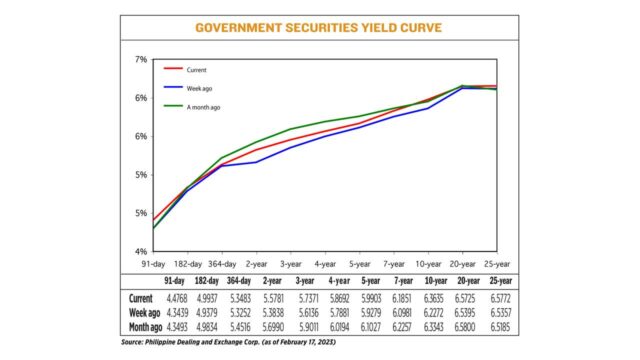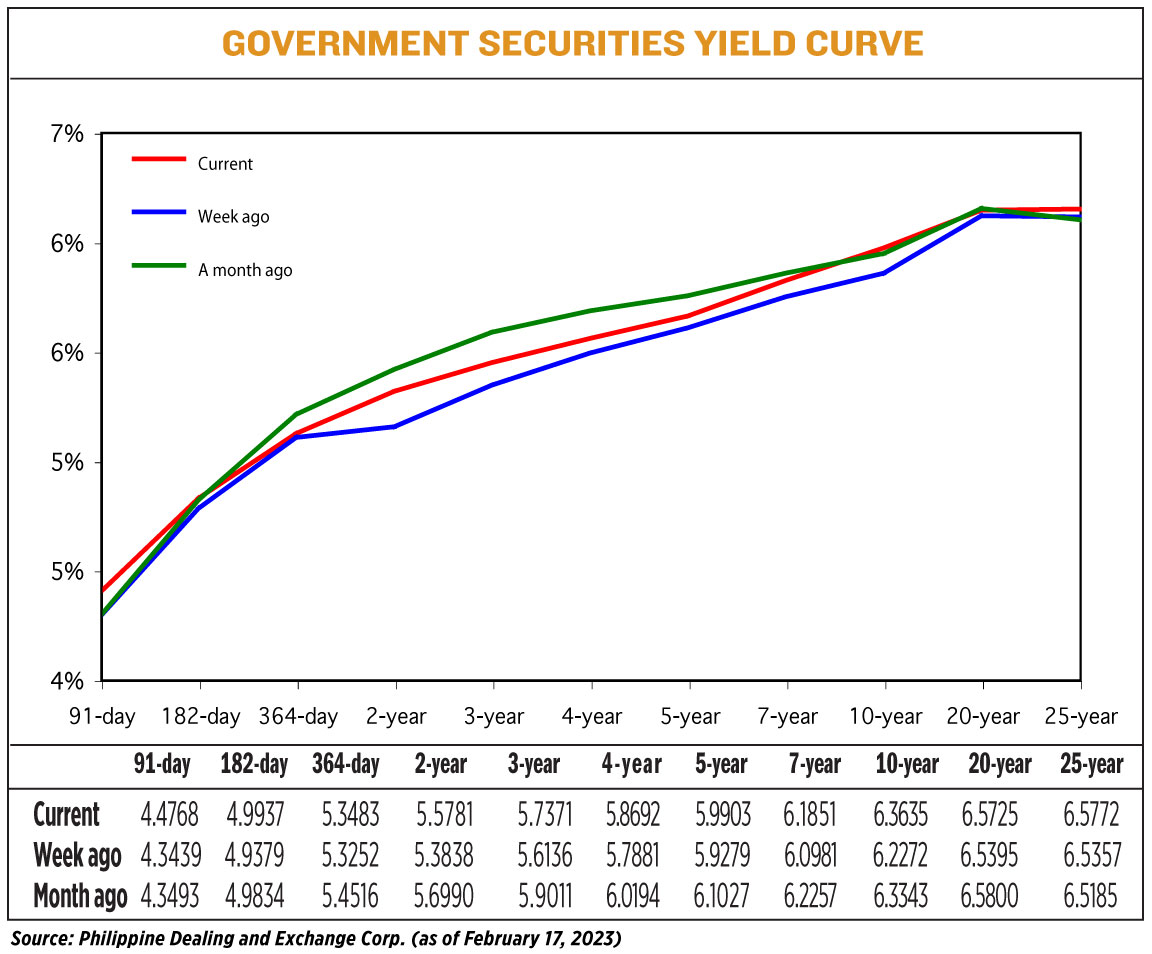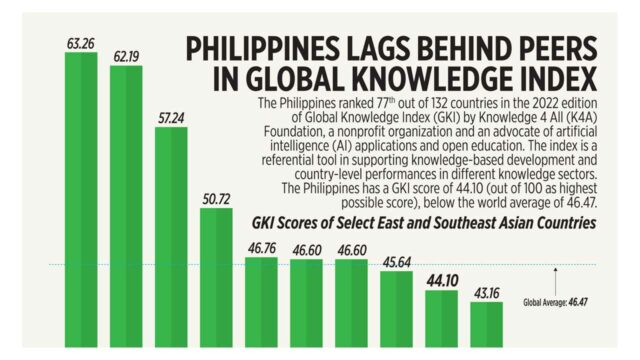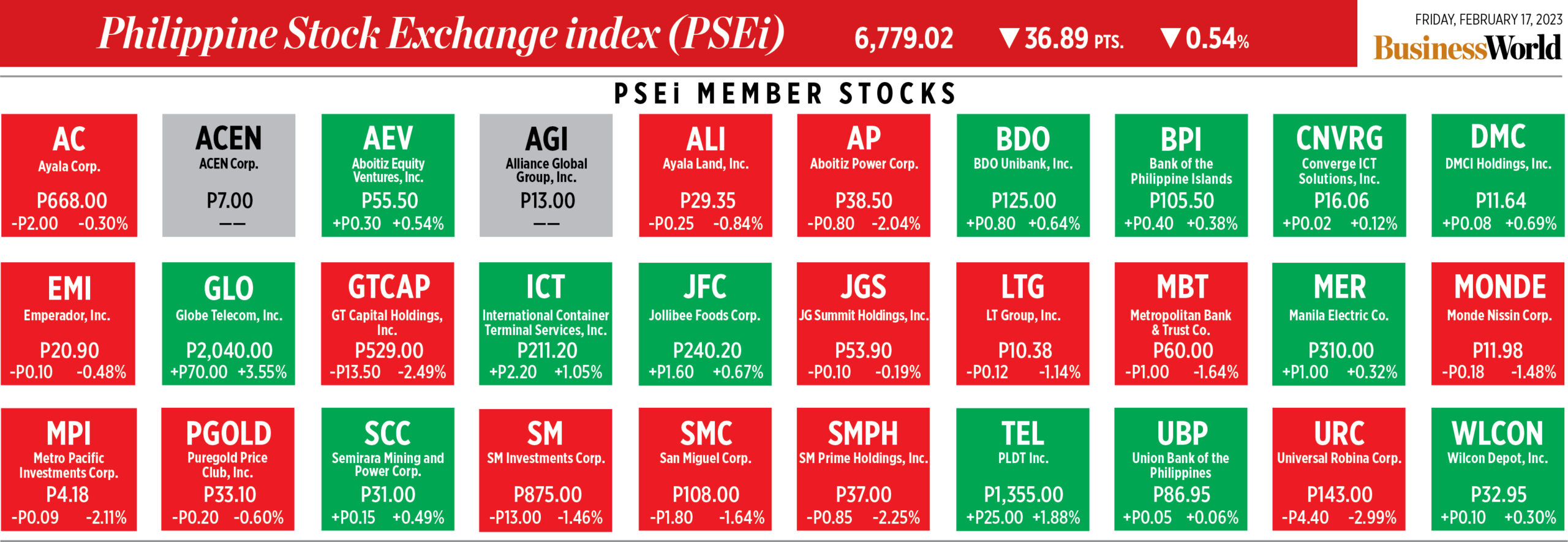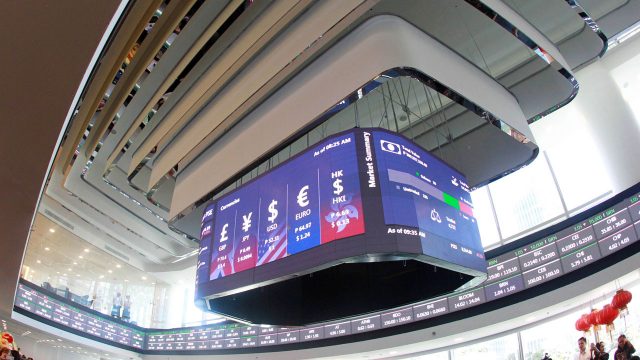London kicks off Fashion Week, dedicated to late Vivienne Westwood


LONDON Fashion Week kicked off on Friday, with organizers dedicating the five-day event to late designer Vivienne Westwood, who died in December.
Ms. Westwood, who died aged 81, was one of British fashion’s biggest names. She rose to fame dressing the Sex Pistols, becoming synonymous with 1970s punk rock, and was known for her rebellious designs.
An avid campaigner, she used her runways to address issues she felt strongly about: climate change, pollution and her support for WikiLeaks founder Julian Assange.
“She is the embodiment of our extraordinary industry,” British Fashion Council (BFC) chair David Pemsel told London’s Evening Standard newspaper.
“It is only right and appropriate that we dedicate the entire week to her. We must celebrate her contribution as she was extraordinary and unique.” On Thursday celebrities and fashionistas gathered at London’s Southwark Cathedral for a memorial service for Ms. Westwood.
“She set such a high standard and she was fun to work with,” designer Paul Costelloe told Reuters at his Friday morning show. “London is empty because she is gone.”
Mr. Costelloe turned to James Joyce’s novel Ulysses for his collection featuring smart knitwear in browns, greys and greens as well as dresses adorned with floral prints in gold and pink hues.
The 77-year-old said the line reflected “the west coast of Ireland – very romantic, very soft, very rich in colors.”
London-based Turkish designer Bora Aksu opted for a mainly black and white line, inspired by Norwegian painter Edvard Munch and fictional character Wednesday Addams and which celebrated outcasts.
“They didn’t even try to fit into society, they didn’t try to change themselves,” Mr. Aksu told Reuters, adding the choice of black also took on a new meaning.
“With the recent… earthquake (in Turkey and Syria), black actually felt right in the sense of a silent grieving in a way. Even though it wasn’t my intention at the beginning it was easier to transform it into that kind of muted color palette.”
Mr. Aksu held a minute’s silence for the victims of the Feb. 6 earthquake that has killed more than 43,000 people.
His models wore black and white sheer dresses with bows, lace, frills and polka dots. There were crochet shawls and bonnets, trouser suits with trails. Dabs of color came in pastel blue and pink dresses with black trims.
Highlights this season include designer Daniel Lee’s debut at Burberry, while a BFC initiative with Ukraine Fashion Week will see three Ukrainian designers presenting their creations.
“Fashion needs to be continually evaluating what it’s giving back,” Natasha Bird, ELLE UK’s Executive Editor (Digital), told Reuters.
“Showcasing talent that might help the initiative of improving a country post-crisis or while enduring a crisis is a great way to kind of make sure that fashion has some worth and some value beyond just the business of making clothes.” — Reuters




